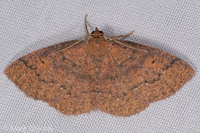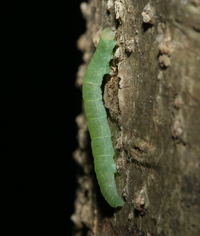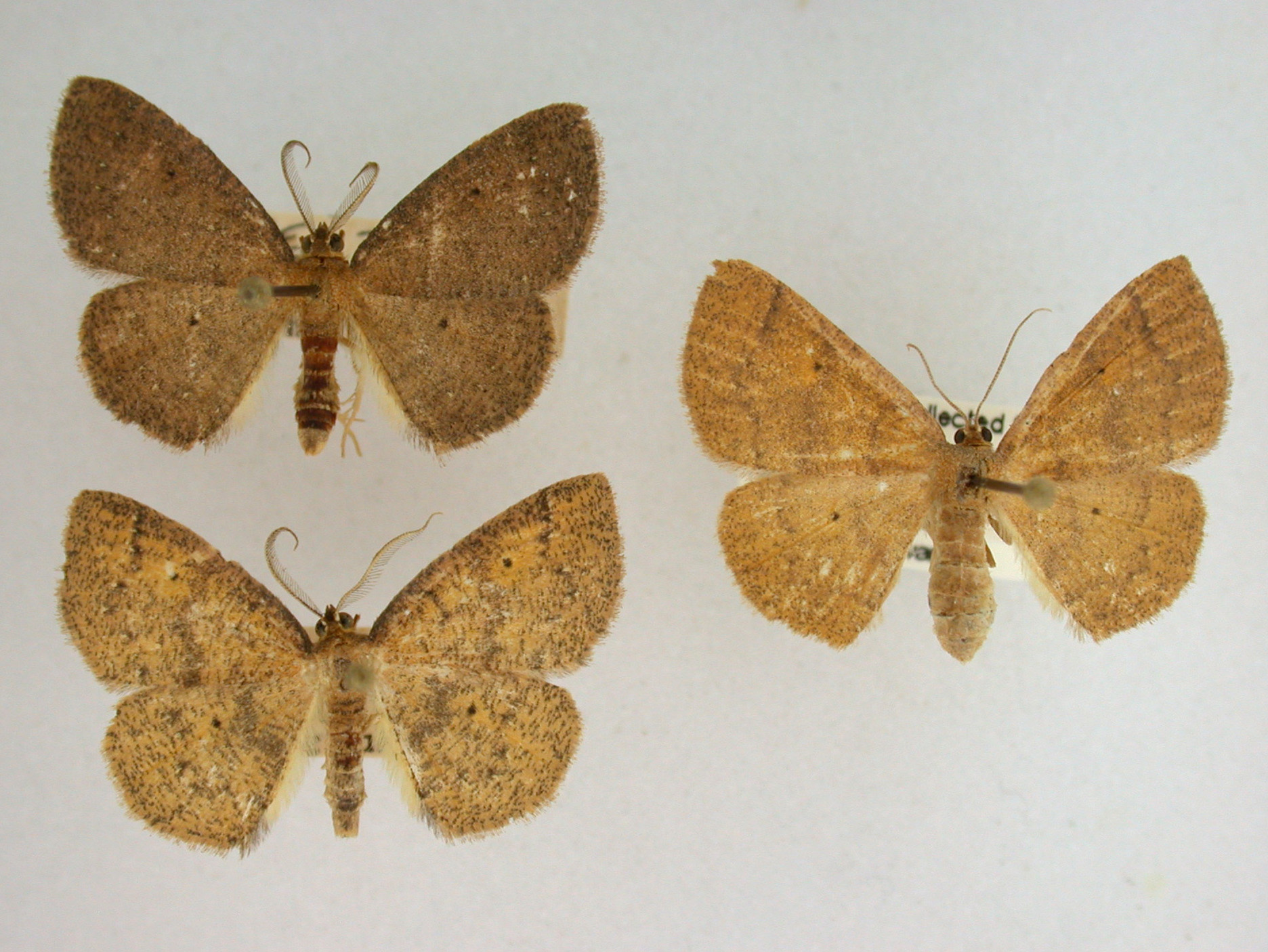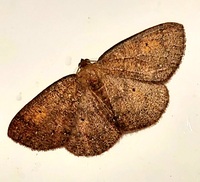
| Recorded by: Mark Basinger on 2025-11-25
Brunswick Co.
Comment: | 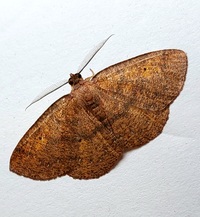
| Recorded by: Mark Basinger on 2025-11-21
Rowan Co.
Comment: |
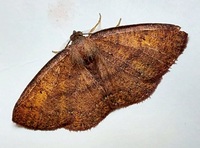
| Recorded by: Mark Basinger on 2025-11-09
Brunswick Co.
Comment: | 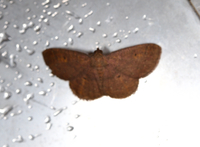
| Recorded by: Tony McBride, Jim Petranka and Becky Elkin on 2025-10-29
Craven Co.
Comment: |
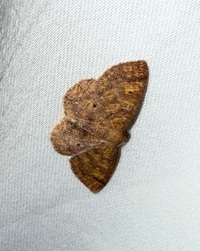
| Recorded by: Marilyn Westphal on 2025-10-08
Henderson Co.
Comment: | 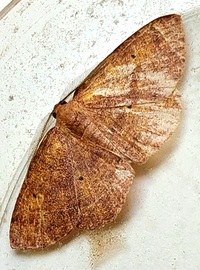
| Recorded by: Mark Basinger on 2025-10-05
Rowan Co.
Comment: |

| Recorded by: Stephanie Willis on 2025-10-01
Guilford Co.
Comment: | 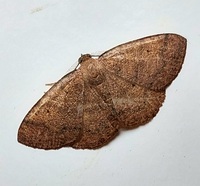
| Recorded by: Mark Basinger on 2025-09-26
Brunswick Co.
Comment: |

| Recorded by: R. Newman on 2025-09-19
Carteret Co.
Comment: | 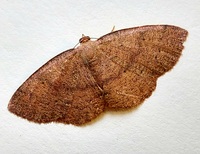
| Recorded by: Mark Basinger on 2025-09-18
Wilson Co.
Comment: |
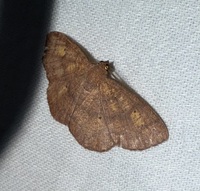
| Recorded by: Marilyn Westphal on 2025-09-07
Henderson Co.
Comment: | 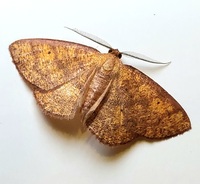
| Recorded by: Mark Basinger on 2025-08-23
Brunswick Co.
Comment: |
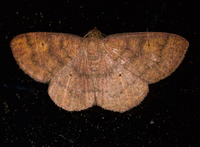
| Recorded by: Jim Petranka, Marilyn Westphal and Becky Elkin on 2025-08-17
Henderson Co.
Comment: | 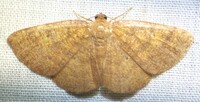
| Recorded by: Dean Furbish on 2025-08-16
Orange Co.
Comment: |
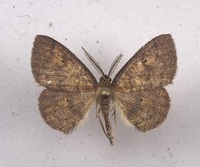
| Recorded by: R. Teper, David George, P. Coin, K. Bischof on 2025-08-16
Transylvania Co.
Comment: | 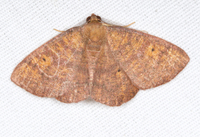
| Recorded by: Jim Petranka, Mark Basinger and Becky Elkin on 2025-08-02
Richmond Co.
Comment: |
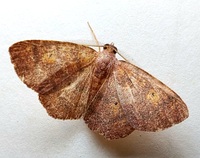
| Recorded by: Mark Basinger on 2025-07-29
Wilson Co.
Comment: | 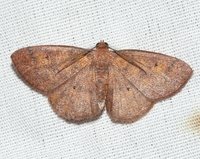
| Recorded by: David George, Dale Morgan, Patrick Coin, Julie Tuttle, Becky Watkins, et al. on 2025-07-26
Orange Co.
Comment: |
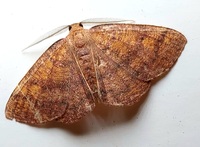
| Recorded by: Mark Basinger on 2025-07-13
Rowan Co.
Comment: | 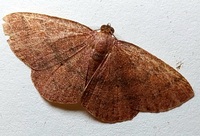
| Recorded by: Mark Basinger on 2025-06-27
Rowan Co.
Comment: |
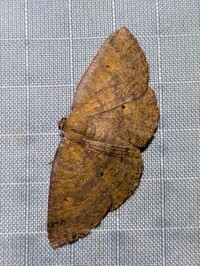
| Recorded by: Melody McMichael on 2025-06-26
Forsyth Co.
Comment: | 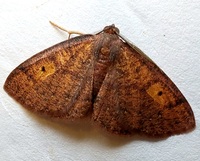
| Recorded by: Mark Basinger on 2025-06-19
Brunswick Co.
Comment: |
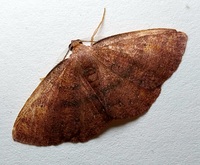
| Recorded by: Mark Basinger on 2025-06-14
Rowan Co.
Comment: | 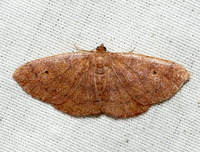
| Recorded by: David George on 2025-06-07
Durham Co.
Comment: |

| Recorded by: Allison Garton on 2025-06-06
Moore Co.
Comment: | 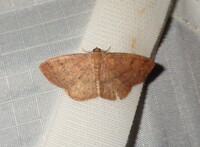
| Recorded by: Lenny Lampel on 2025-06-03
Union Co.
Comment: |
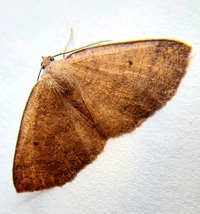
| Recorded by: Mark Basinger on 2025-05-30
Brunswick Co.
Comment: | 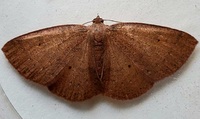
| Recorded by: Mark Basinger on 2025-05-21
Wilson Co.
Comment: |
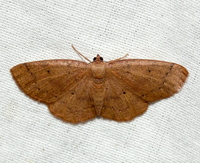
| Recorded by: David George on 2025-05-16
Durham Co.
Comment: | 
| Recorded by: Mark Basinger on 2025-05-15
Brunswick Co.
Comment: |
|

 »
»